
Products
DJI D-RTK 3: First look at DJI’s new multifunctional station
heliguy™ has a look at the latest DJI station which is more versatile and precise than the D-RTK 2
The DJI D-RTK 3 Multifunctional Station launched in January 2025 alongside the Matrice 4 drone series
It is the successor to the DJI D-RTK 2 Mobile Station
heliguy™ looks at how the DJI D-RTK 3 stands up, the model’s new features, and how it compares to its predecessor
More versatile, precise and effective - the DJI D-RTK 3 Multifunctional Station is more an evolution rather than a mere upgrade.
Not that its predecessor was too shabby.
The DJI D-RTK 2 Mobile Station was - and still is - an incredibly effective, high-precision GNSS receiver capable of sending accurate RTK signals whilst out in the field.
Additionally, it supports all major global satellite navigation systems.
However, the DJI D-RTK3 - stocked by heliguy™- offers unparalleled performance and adaptability. The upgraded model now offers highly-accurate positioning, making it the ideal device for your surveying and mapping needs
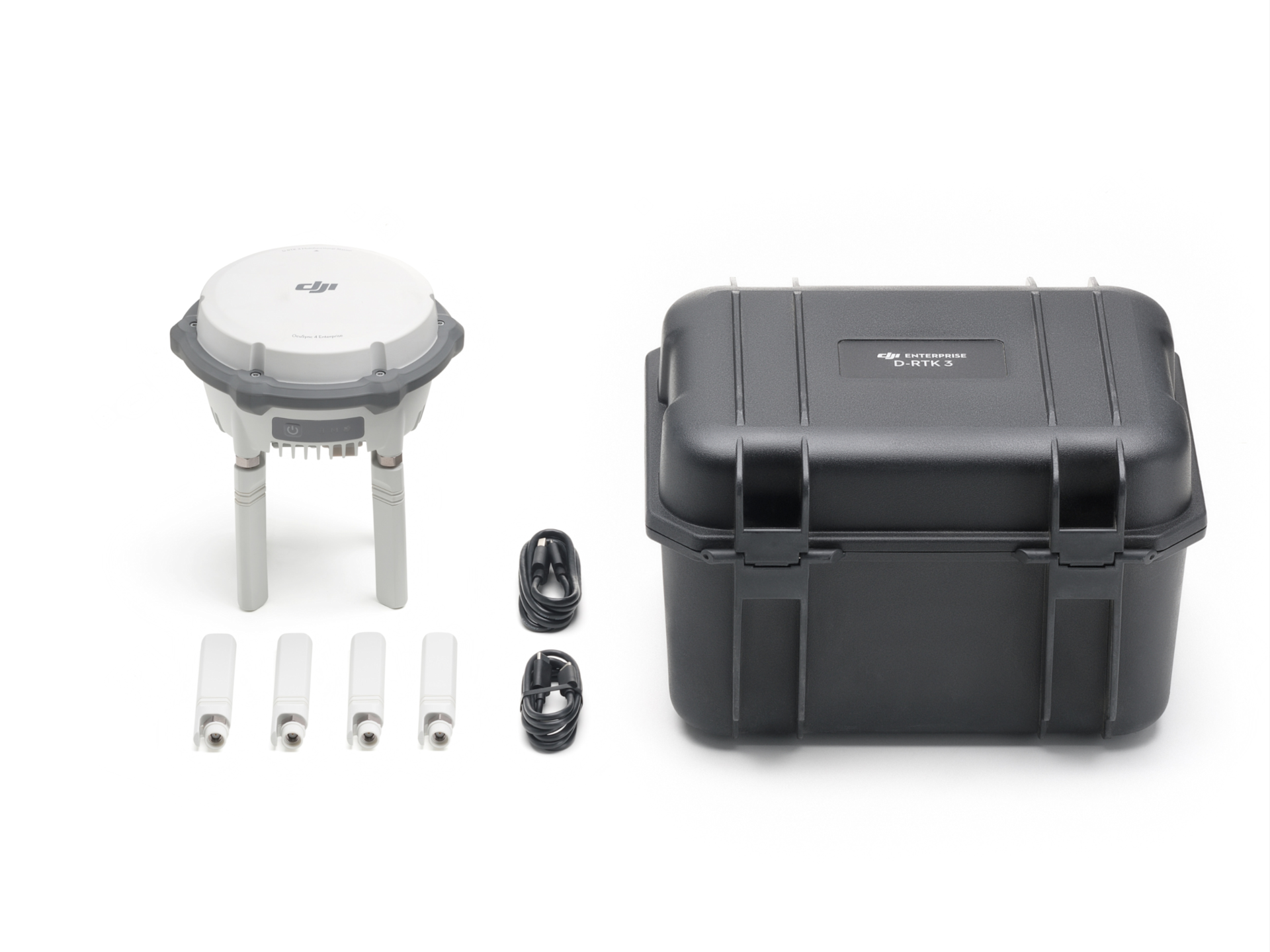
Seamlessly compatible with DJI Enterprise drones such as the Matrice 4 Series, Matrice 350 RTK, and Mavic 3 Enterprise, it boasts some impressive specs and a series of eye-grabbing features
DJI D-RTK 3: Key specifications
Weight - 1.26kg
Size - 163mm x 89mm
Charging - USB-type C
Times - Four hours (Relay Mode) / Seven hours (Base Mode) / 10 hours (Rover Mode)
Ingress Protection - IP67
D-RTK 3: High-level precision and enhanced signal strength
So what makes the DJI D-RTK 3 Multifunctional Station special?
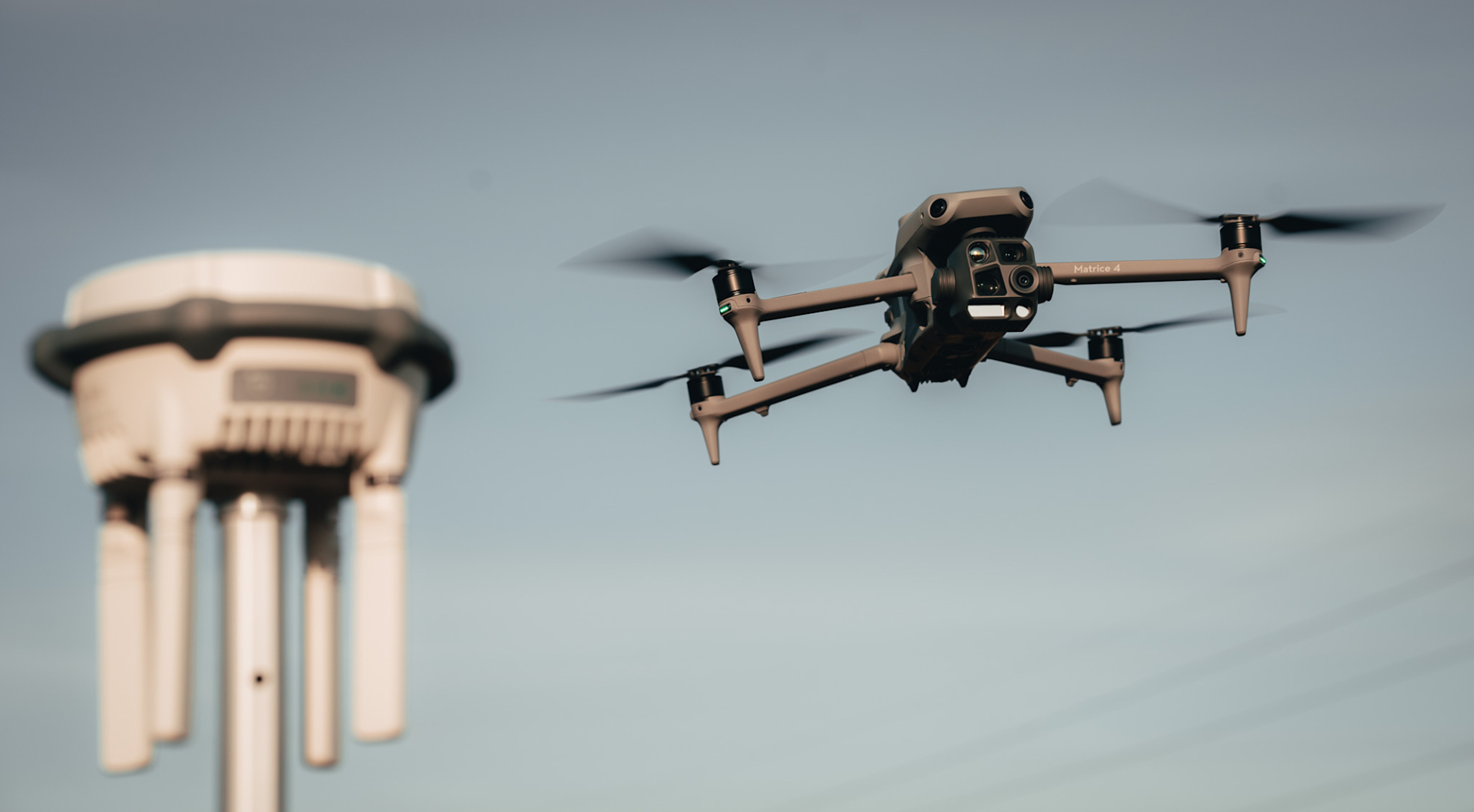
Relay Station Mode
Relay Station Mode is a gamechanger when it comes to maintaining signal in tough terrains like cities, forests and particularly mountainous areas - where the D-RTK 2 often struggled.
In a nutshell, Relay Station Mode effectively increases video transmission distance in situations, especially if the D-RTK 3 is placed in a high position which helps it avoid any obstructions.
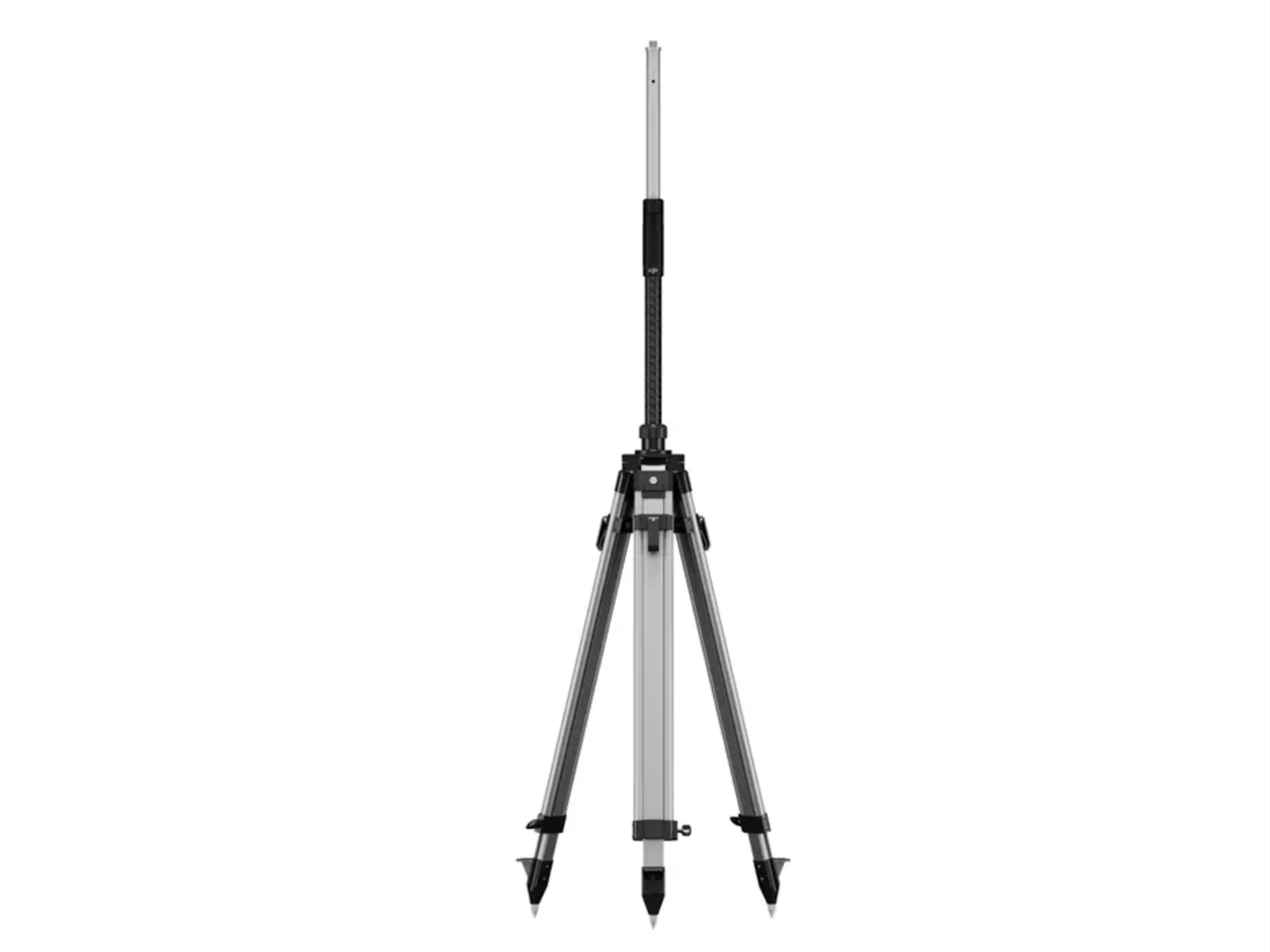
Whilst only one drone can be deployed, during flight the UAV will automatically switch seamlessly to the strongest signal - with the other as a backup - ensuring the best signal is used at all times.
Pilots will also be prompted to adjust their altitude in real-time on the RC if any obstacles blocking the connection suddenly appear.
Currently, Relay Mode supports the new DJI Matrice 4 Series.
Rover Mode
The D-RTK 3 should make it significantly easier to mark both Ground Control Points and checkpoints while being used in Rover Mode, while like DJI Tera, it has built-in mainstream coordinate systems.

However, the D-RTK 3 only works with Android devices in Rover Mode. In comparison, suppliers like EMLID supply GNSS receivers that also work with Apple products.
Base Station Mode
The other key takeaway from the D-RTK 3 is that it can also be used as a base, allowing it to receive real-time corrections in order to aid precision.
While not revolutionary, having the ability to establish a known point with network RTK or PPP simplifies the workflow for those out on site - helping to boost their absolute accuracy.
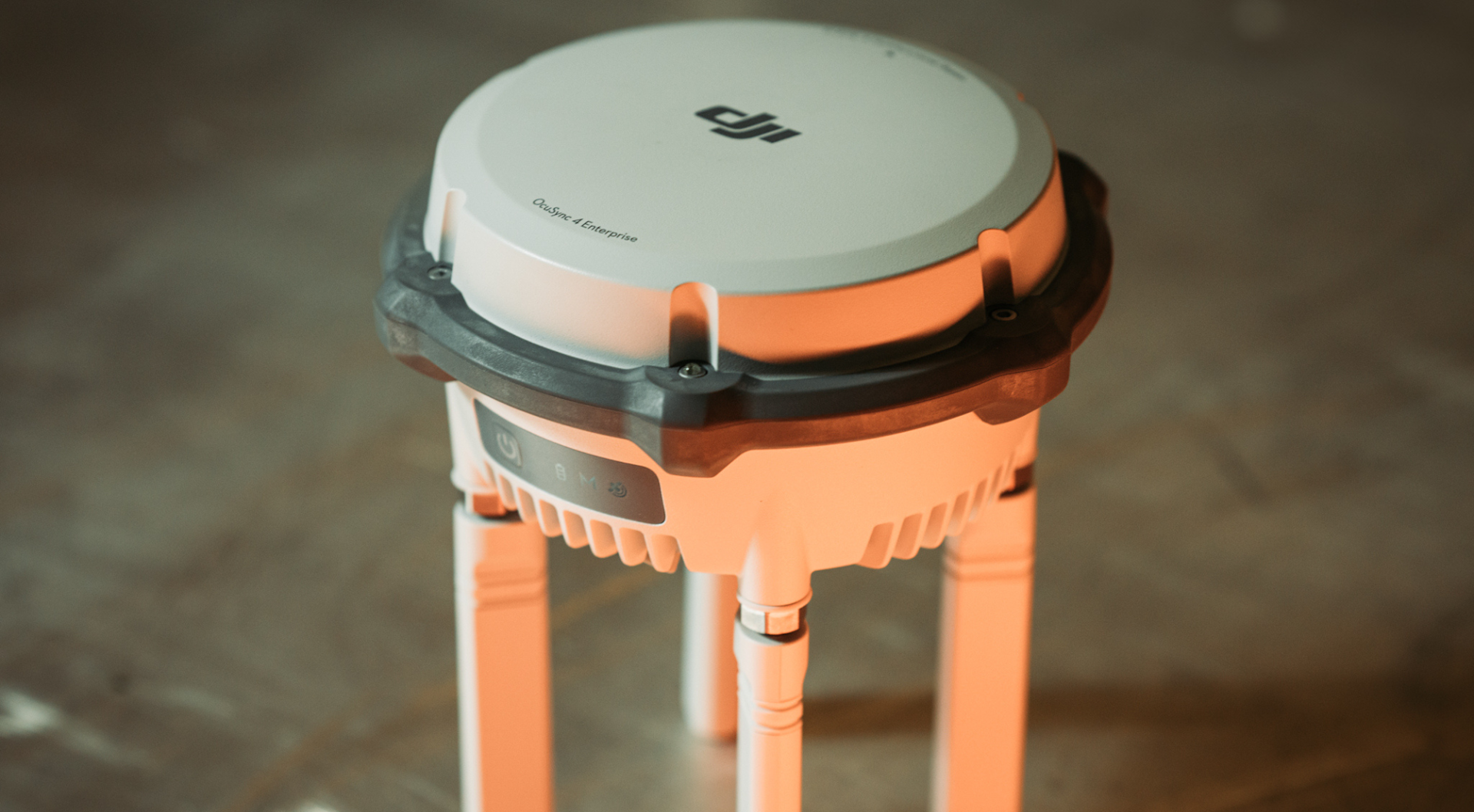
Utilising five GNSS systems, it can also provide RTK Broadcasting for multiple drones at the same time while PPK is available with DJI enterprise drones and DJI Terra.
And while in Base Station Mode, there's no limit on the number of drones capable of being connected to the DJI D-RTK 3 at one time.
Lightweight - but packs a real punch
Small enough to be held in one hand and weighing 1.26kg, the DJI D-RTK 3 boasts a superb core with a self-developed RTK chip offering good stability, high-performance air dialectic antenna with physical filtering design and a phase accuracy of under 2mm.
It is also highly robust, capable of withstanding temperatures as low as -20c and as high as 55c with an IP Rating of IP67 - ensuring it can hold up in tough conditions.
Capable of lasting four hours in relay mode, that number soars to 10 hours when switched to Rover Mode, with the feature another notable upgrade on the D-RTK 2.
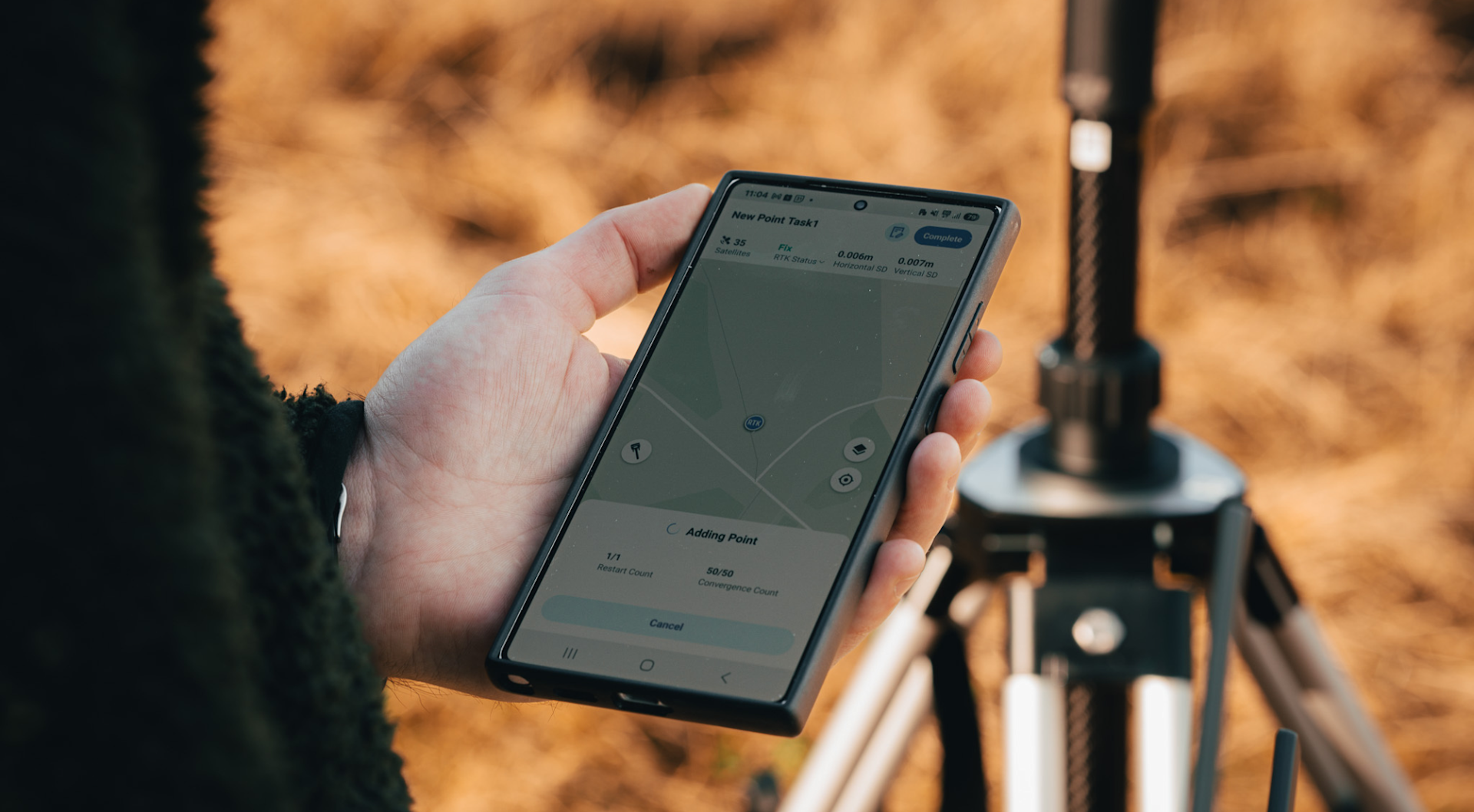
New Enterprise App and DJI Terra compatibility
The new DJI Enterprise App, on Android, allows ground control point coordinates to be measured without the need for third-party tools while the app also features a mainstream coordinate database, allowing direct output of planar coordinates.

With a built-in high-precision inertial measurement unit, the D-RTK 3 can operate well even in complex measurement environments, with the app supporting GCP Setup and Tilt Compensation.
Additionally, rover measurement results can be exported via the app into DJI Terra without additional adjustments.
When imported into DJI Terra (version 4.4 or above) alongside data from the Matrice 4E, local PPK calculations can be performed with one click.
DJI D-RTK 3: DJI Drone Compatibility
The table below shows which DJI Enterprise drones are compatible with the DJI D-RTK 3 and with which functions.
Function | Supported Drone Model |
|---|---|
Relay Mode | M4E, M4T and subsequent models |
Base Station Mode (Full functions) | M4E, M4T and subsequent models |
Base Station Mode (Basic Functions - only supports manual input of coordinates to the D-RTK 3) | Enterprise - DJI M3D/3TD drone (aircraft only), M300/M350 RTK, M30 Series, Mavic 3 Enterprise Series. Agriculture - T60, T50/T25, T40/T20P, DJI Flycart 30. Professional Film - DJI Inspire 3. |
Rover Mode | Supports Bluetooth 5:1 and is compatible with Android 9 and above systems. Some phones may have compatibility issues. |
Now on-sale at heliguy™, our expert in-house team of specialists, including dedicated surveying department, can also help your business integrate the D-RTK 3 into your workflow. View the D-RTKK 3 here, or contact us.
